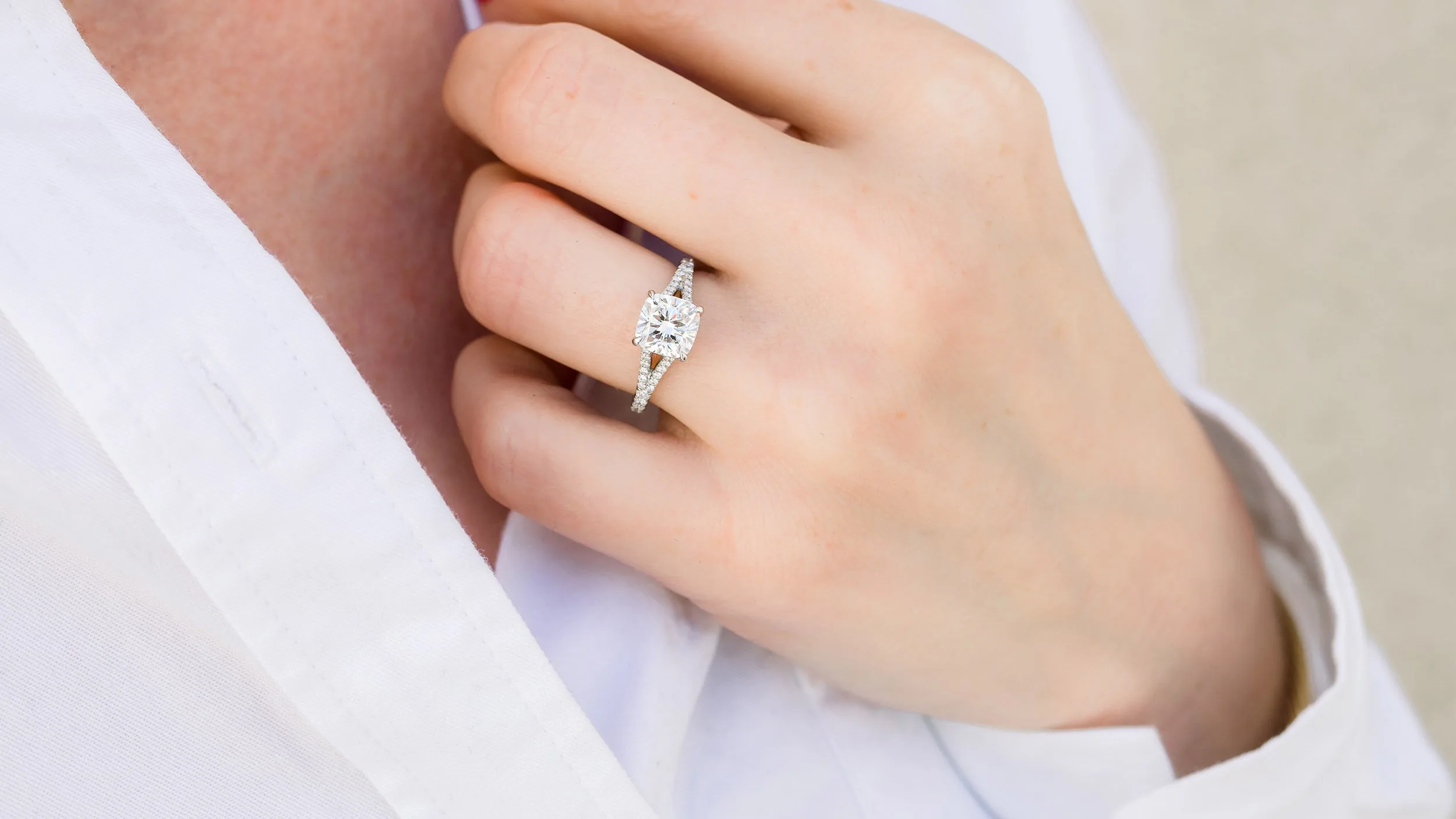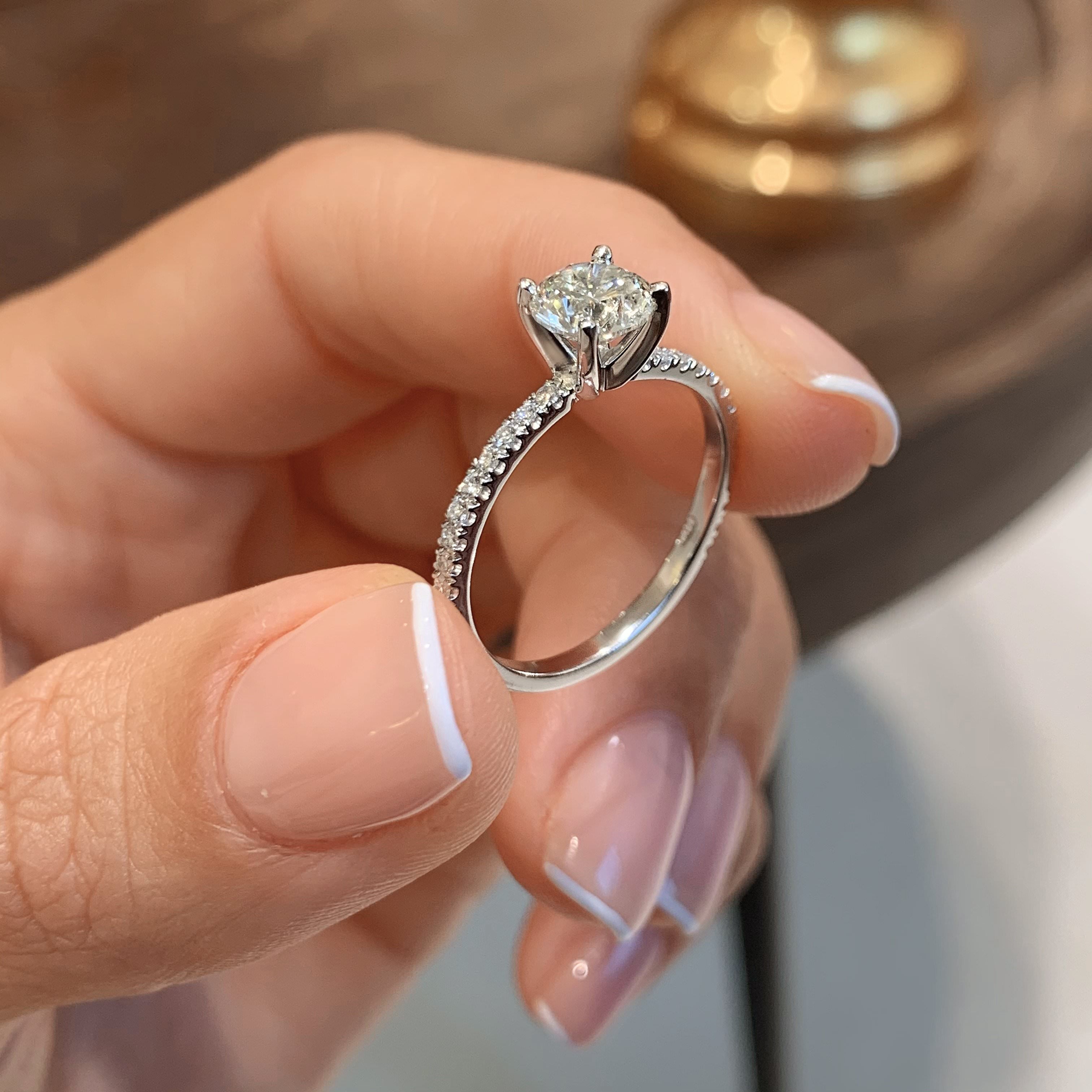In the realm of jewelry, diamonds have always held a special allure. They symbolize eternal love, unmatched beauty, and timeless elegance. However, with the growing awareness of ethical and environmental concerns associated with traditional diamond mining, there has been a significant shift towards lab-grown diamonds. Among these, 4Cs lab diamonds have emerged as a popular choice for consumers seeking both quality and conscience. Let’s delve into the intricacies of these remarkable gems.
What are 4Cs Lab Diamonds?
Definition of 4Cs
The term “4Cs” stands for Cut, Clarity, Color, and Carat Weight. These four factors are universally used to evaluate the quality and value of diamonds, whether mined from the earth or grown in a laboratory.
Explanation of Lab Diamonds
Lab diamonds, also known as synthetic or cultured diamonds, are created in controlled environments that replicate the natural conditions under which diamonds form beneath the Earth’s crust. They possess the same chemical and physical properties as natural diamonds but are produced in a matter of weeks rather than millions of years.
Comparison with Natural Diamonds
While natural diamonds are formed through geological processes over millennia, lab diamonds are engineered through advanced technological processes. Both types of diamonds undergo the same grading criteria based on the 4Cs, ensuring that lab-grown diamonds meet the same standards of quality and beauty.
Clarity in 4Cs Lab Diamonds
Definition of Clarity
Clarity refers to the presence of internal flaws (inclusions) and external blemishes (blemishes) within a diamond. The clarity grade indicates the diamond’s purity and transparency, ranging from “Flawless” to “Included.”
How Clarity is Determined in Lab Diamonds
In 4Cs lab diamonds, clarity is assessed using specialized equipment that magnifies the diamond to identify any imperfections. Advanced techniques, such as laser cutting and polishing, are employed to enhance clarity and maximize brilliance.
Benefits of Clarity in Lab Diamonds
High clarity lab diamonds exhibit exceptional brilliance and sparkle, making them visually indistinguishable from natural diamonds. With superior clarity, these diamonds offer unparalleled beauty at a fraction of the cost of their mined counterparts.
Color in 4Cs Lab Diamonds
Definition of Color
The color grade of a diamond refers to its absence of color, with the most valuable diamonds being completely colorless. The color scale ranges from “D” (colorless) to “Z” (light yellow or brown).
How Color is Graded in Lab Diamonds
Lab diamonds are graded for color using standardized lighting conditions and comparison with master stones. Through precise color grading, lab-grown diamonds achieve exceptional color consistency and purity, allowing consumers to select their desired shade with confidence.
Popular Color Choices in Lab Diamonds
While colorless diamonds are a timeless classic, many consumers opt for fancy colored lab diamonds, including vibrant yellows, pinks, and blues. These unique hues offer a distinctive appeal and provide endless possibilities for creative jewelry designs.
Cut in 4Cs Lab Diamonds
Definition of Cut
The cut of a diamond refers to its proportions, symmetry, and polish, which directly impact its brilliance and fire. A well-cut diamond reflects light internally and disperses it through its facets, creating a mesmerizing play of colors.
Importance of Cut in Lab Diamonds
In 4Cs lab diamonds, the cut is crucial for maximizing light performance and optimizing sparkle. Precision cutting techniques ensure that each facet is aligned to exacting standards, resulting in diamonds that exhibit exceptional brilliance and fire.
Different Cut Styles Available
From classic round brilliants to fancy shapes like princess, emerald, and oval, lab diamonds offer a diverse range of cut options to suit every preference and style. Custom cuts allow for creative expression, transforming raw crystals into breathtaking works of art.
Carat Weight in 4Cs Lab Diamonds
Definition of Carat Weight
Carat weight refers to the measurement of a diamond’s mass, with one carat equivalent to 200 milligrams. While carat weight influences a diamond’s size, it is not the sole determinant of its value or beauty.
Factors Affecting Carat Weight in Lab Diamonds
In 4Cs lab diamonds, carat weight is determined by the size and quality of the rough diamond crystal used in the manufacturing process. Innovative cutting techniques maximize carat weight retention while maintaining optimal proportions for brilliance.
Finding the Right Balance
When selecting a lab-grown diamond, it’s essential to strike a balance between carat weight, cut, and quality. By prioritizing brilliance and sparkle over sheer size, consumers can achieve stunning results without compromising on beauty or value.
Advantages of 4Cs Lab Diamonds
Cost-Effectiveness
4Cs lab diamonds typically cost 20-40% less than natural diamonds of comparable quality, making them an attractive option for budget-conscious shoppers without sacrificing beauty or durability.
Ethical Considerations
By choosing lab-grown diamonds, consumers support ethical and sustainable practices that eliminate the environmental and social impacts associated with traditional diamond mining.




